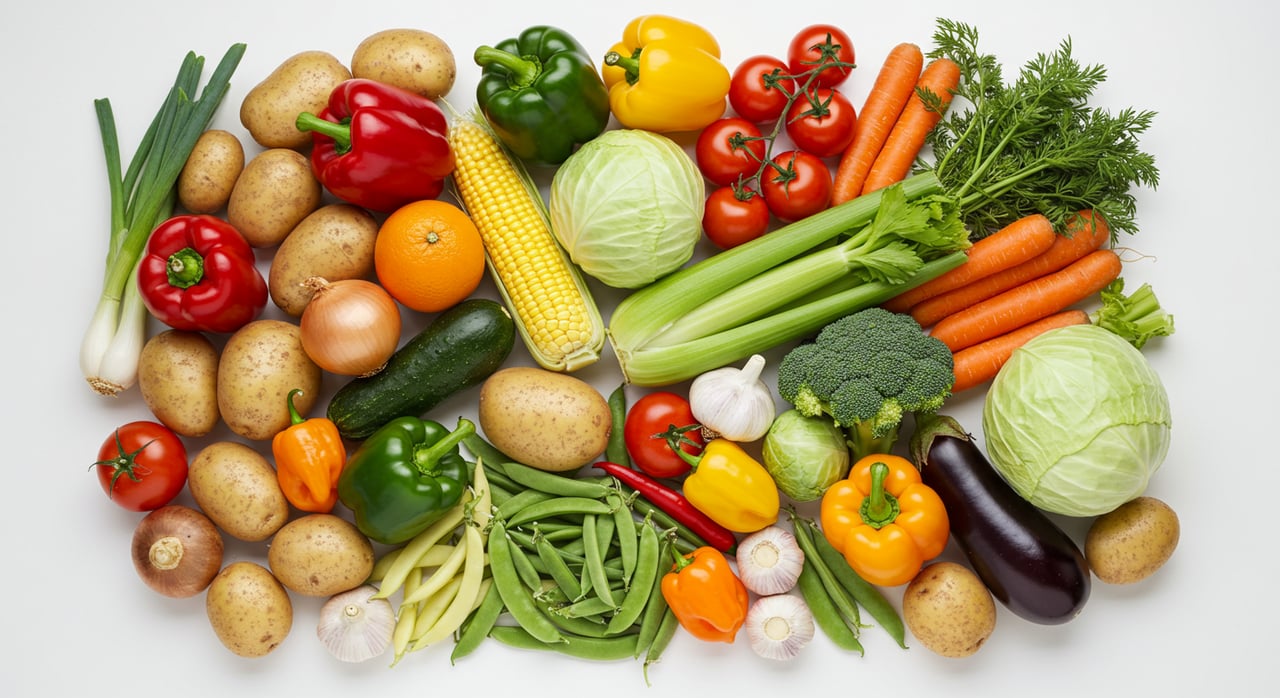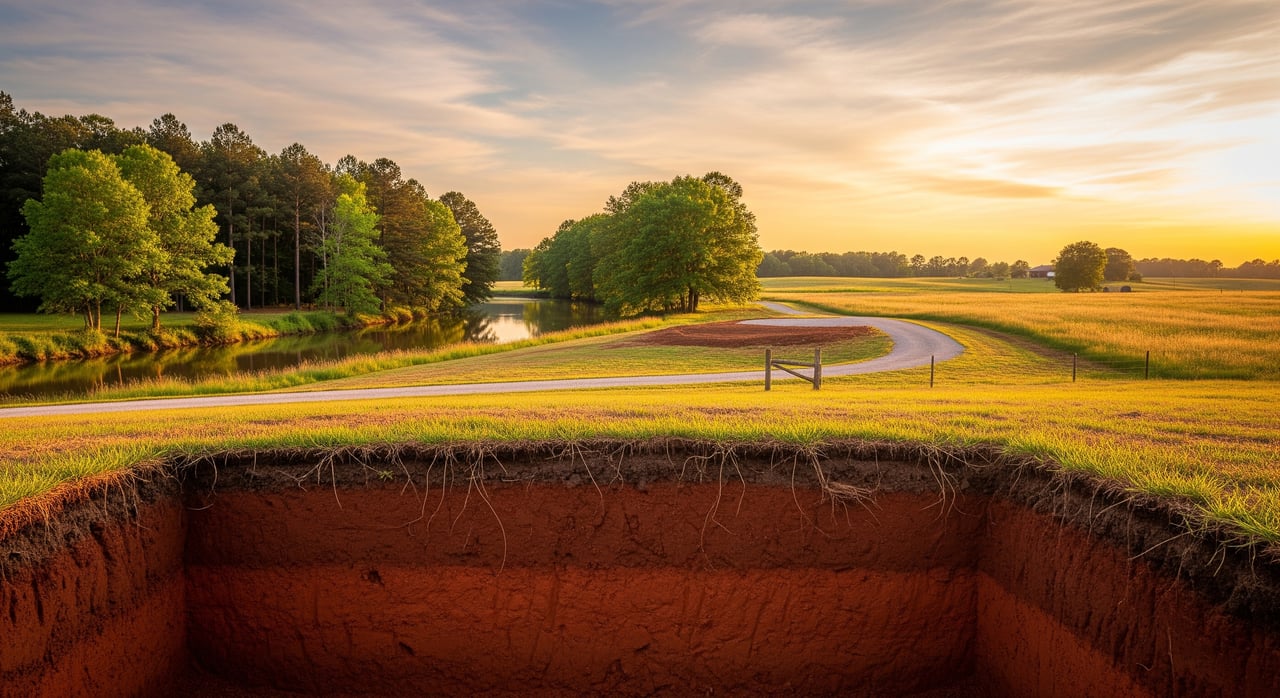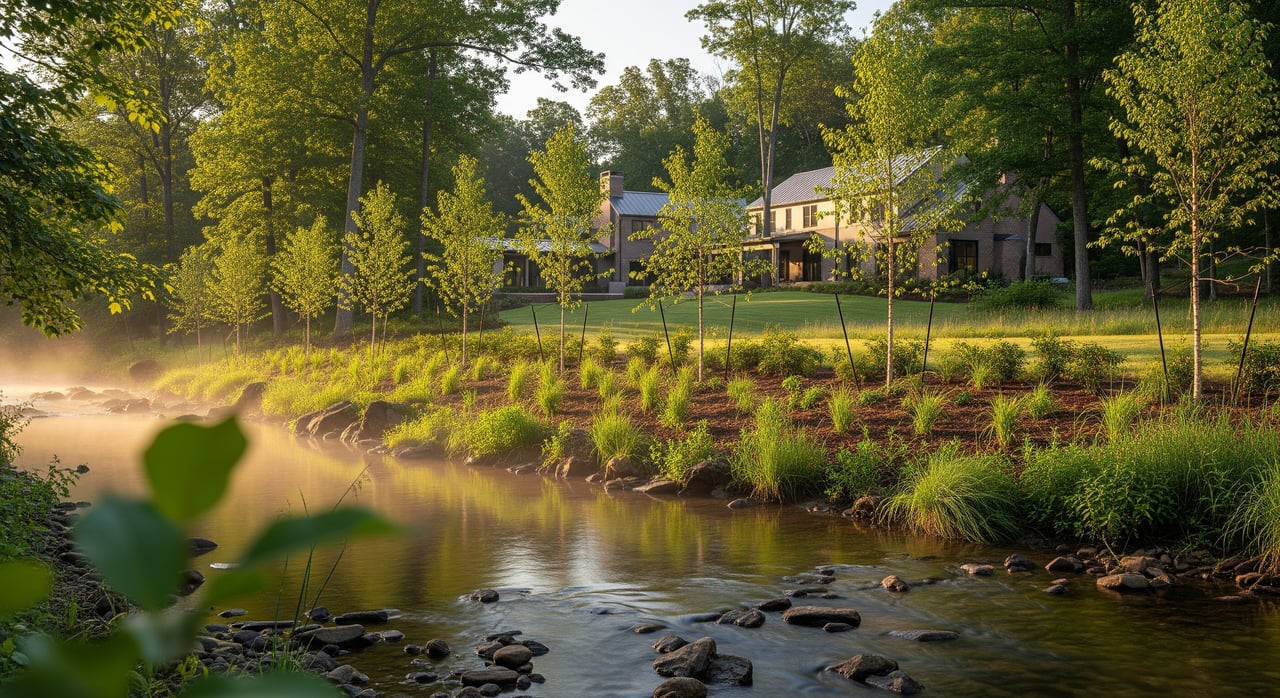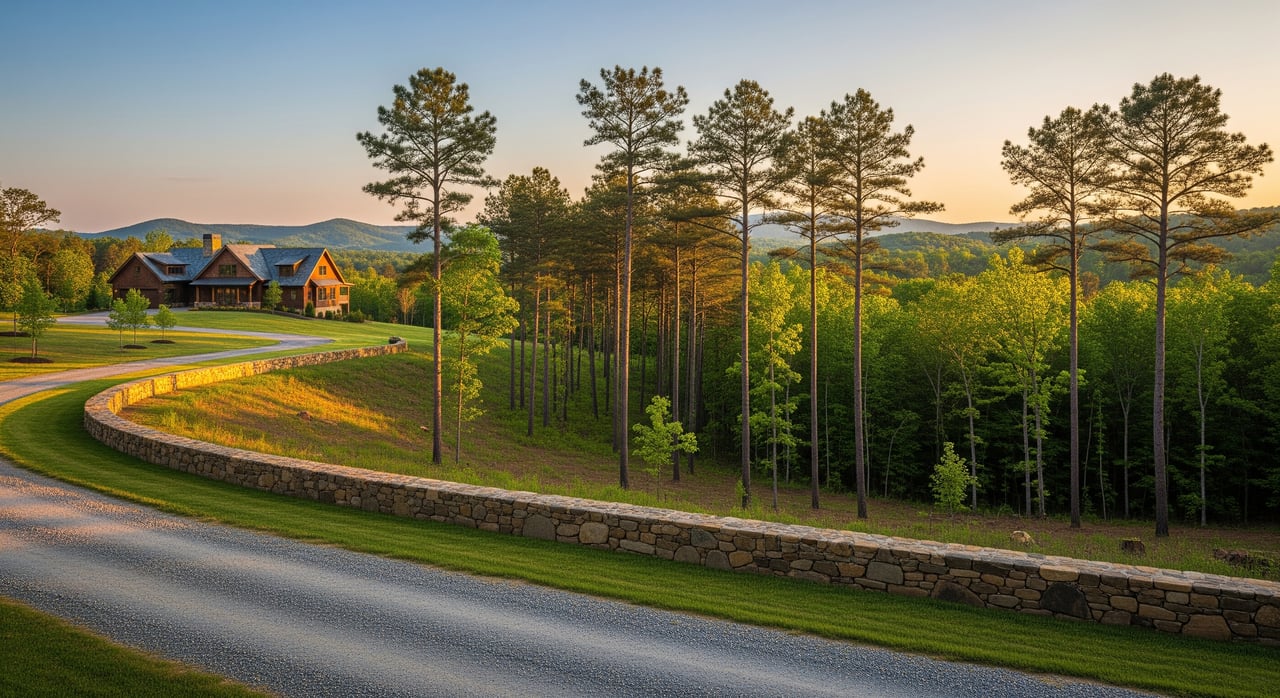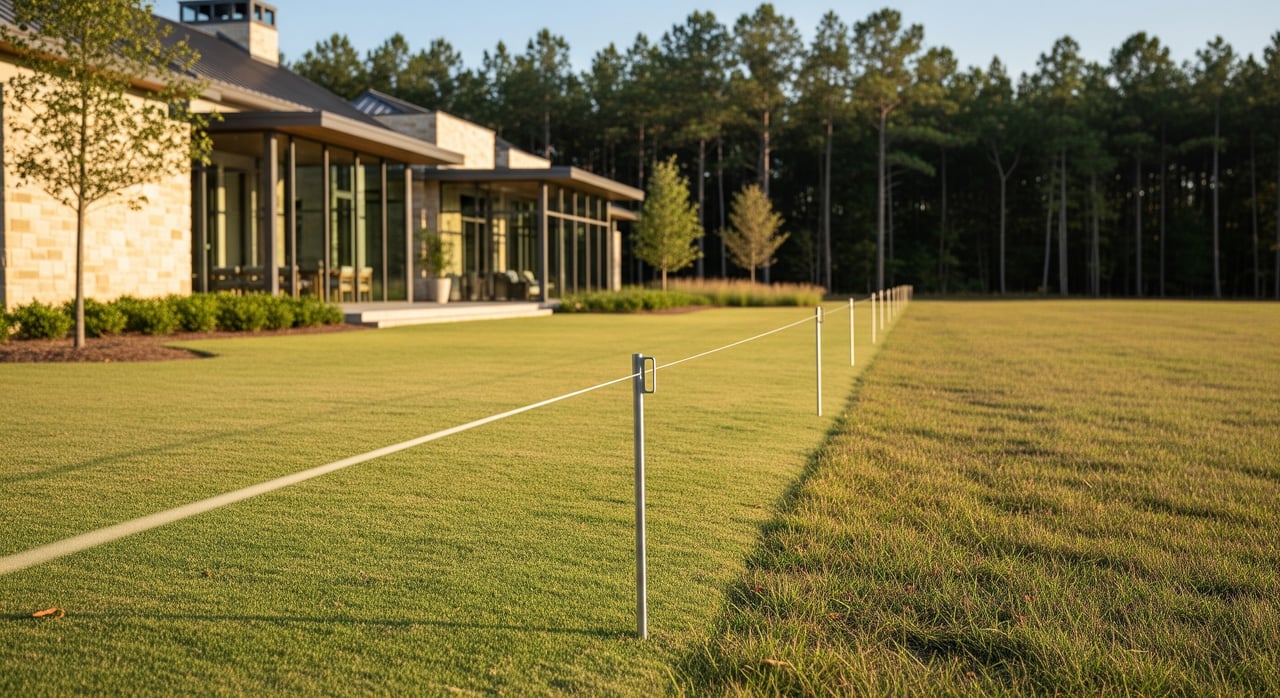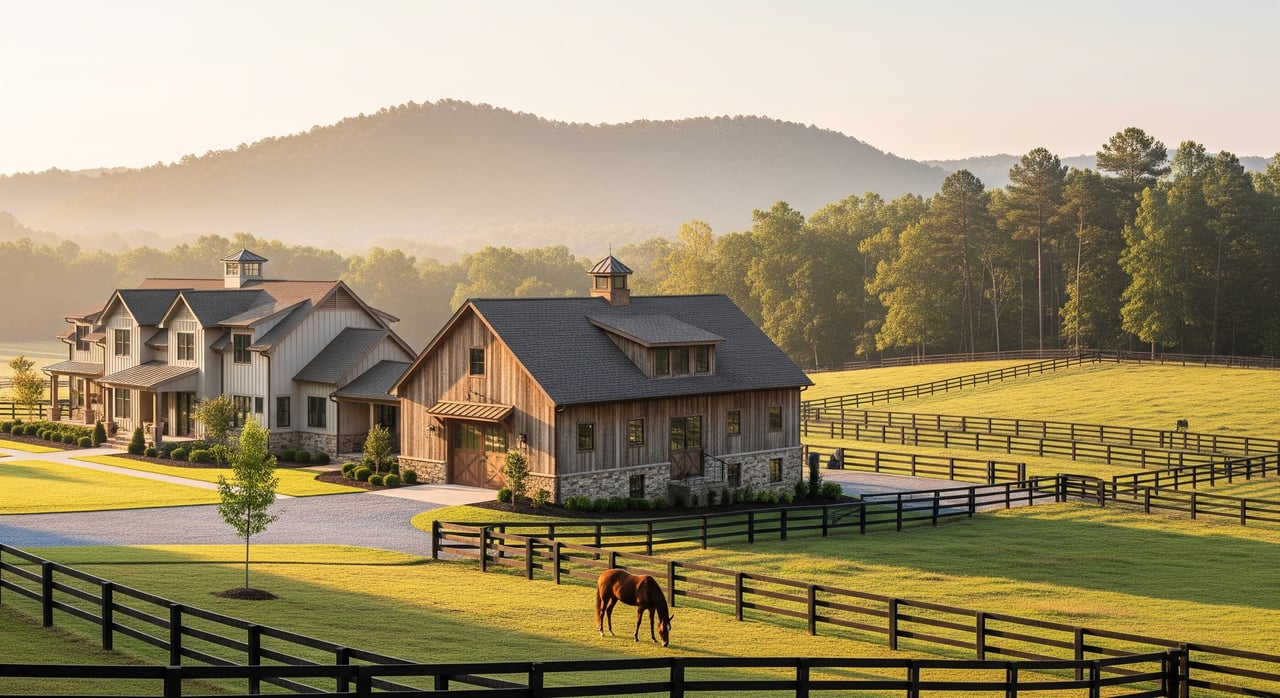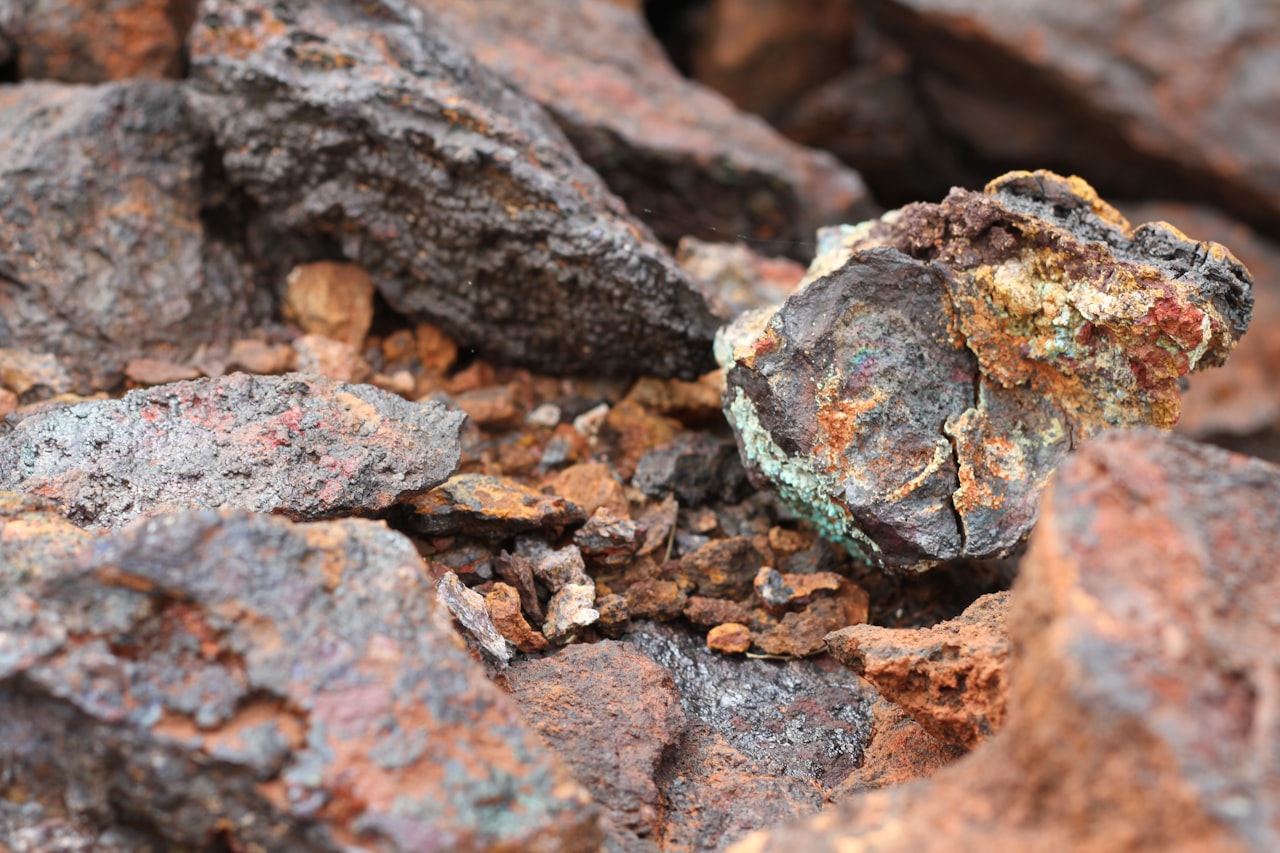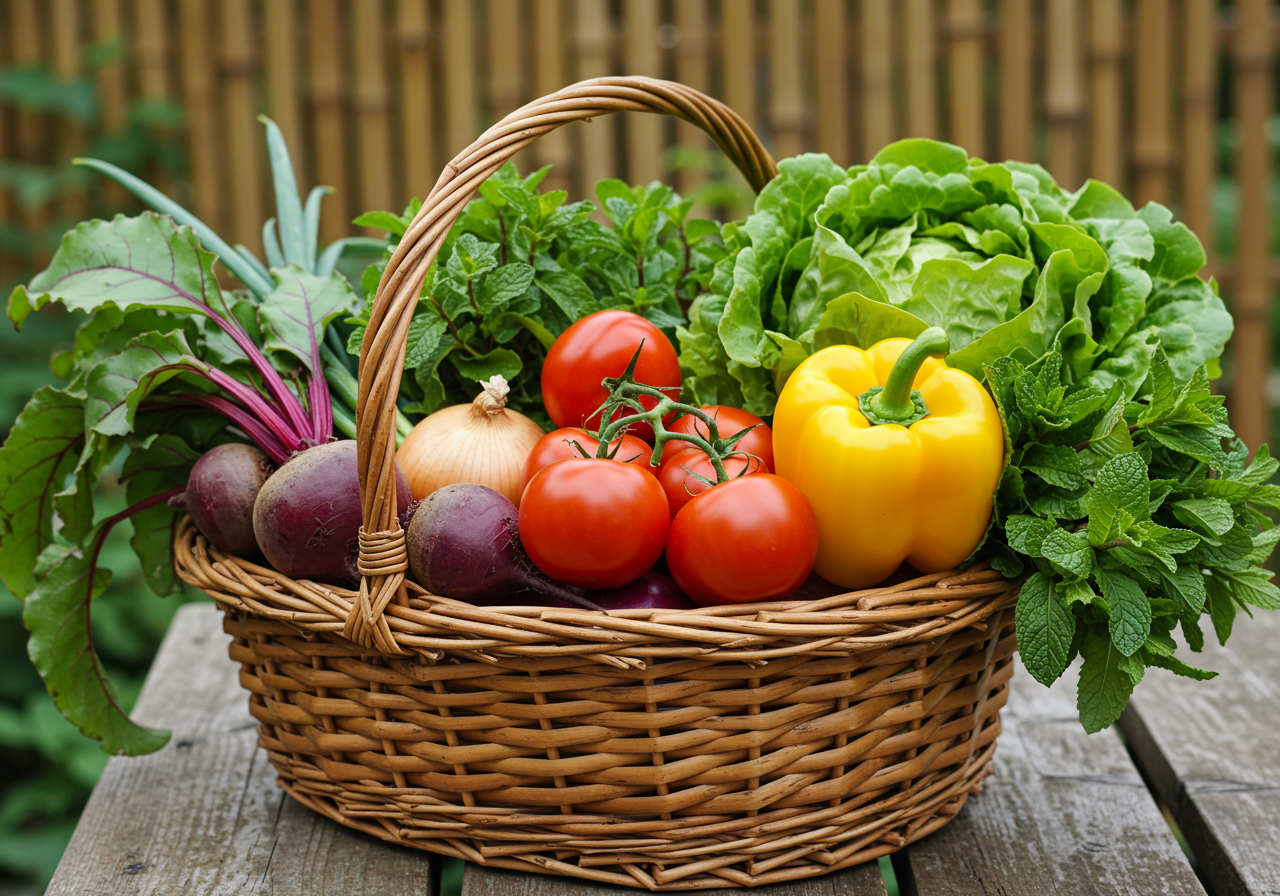
Foodscape. The term might sound somewhat mysterious to those of us whose gardens are traditionally either food-related – vegetable gardens, in particular – or well-manicured lawns and flower beds designed to beautify our homes and neighborhoods. As you might guess, however, the word itself is a bit of a hybrid of the two ideas, and foodscaping, the practice of combining traditional with edible landscaping, is a garden trend that is growing rapidly in popularity and interest worldwide.
What is a foodscape?
Based on context, the term “foodscape” can have two very distinct meanings. In a broad social sense, the word, often used in the field of urban studies, might refer to the overall food-related environment – growing areas, grocery stores, restaurants… anywhere, in fact, that food is grown, discussed, cooked, supplied and consumed – of a person, neighborhood or society. For instance, one person’s foodscape might be kitchen / neighborhood restaurant / school cafeteria / coffee shop, while another individual’s might be grocery store / vegetable garden / kitchen / farmer’s market. Generally speaking, the study of foodscapes looks at how food production, consumption and distribution affect places and people overall.
The second definition of the word, of course, has to do with the unique practice of combining the two types of growing – edible plants, along with traditional plants, flowers, trees, etc. – into one productive, attractive, harmonious garden design. Sometimes called “integrative landscaping” or “edible landscaping,” the result is often a beautiful mix of edible and non-edible plants, interspersed, that change in color, variety and function as the year progresses.
The Benefits of Foodscaping
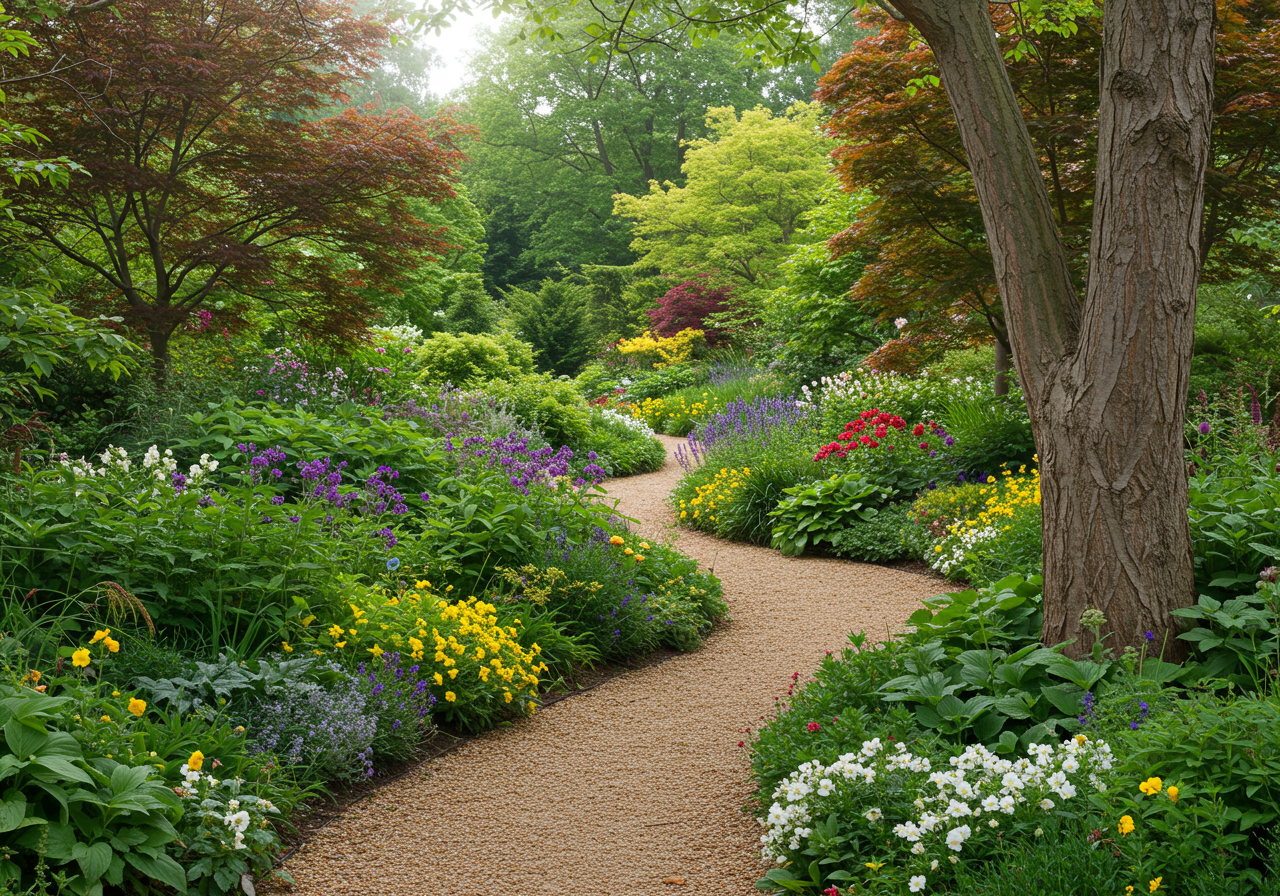
One of the ideas behind this type of growing is the philosophy that, if it’s possible to benefit the environment and humans, too, by taking full advantage of the growing capacity of a piece of ground, why not do that? Why not transform at least a part of a traditionally landscaped area into one which is still attractive, but is now actually productive? The motivation to do this might come out of necessity – often it’s less expensive to grow and harvest your own fruit and vegetables than to purchase those items – but the idea is also gaining in appeal because many of us do care about our world, and our environment, and in the lifestyle of sustainable living.
The benefits of foodscaping, beyond the obvious – extra food for the dinner table or pantry – are numerous.
- A garden that is growing a combination of traditional trees, flowers, shrubs, and edible plants will be pleasing to the eye and to the senses. Variety in a garden is what we all seek, and a mix of plants with their own colors, smells, textures and growing seasons creates a garden full of character.
- Kids who participate in the growing, harvesting, and eating of their family’s own fruits or veggies will be more appreciative of the food they have and where it came from as they get older, and they’ll grow up being more generally aware of caring for the environment, too.
- Eating and growing your own fruits, grains, herbs and vegetables will almost certainly promote more healthy eating habits. The sense of pride and accomplishment that comes from harvesting your own food is a satisfying feeling that will most likely make your garden’s own cucumber, tomato or sweet potato taste just a little bit better than ones brought home from the grocery store, every time.
Foodscape from Scratch
Even a very small area – the soil around the root of a tree, perhaps, or along a pathway, or the sunny corner of a backyard – might be the perfect spot to try incorporating some vegetables or herbs into your garden design. It’s important to make sure that the different types of plants in the area all have similar light, water and fertilizer needs, and, because the mix of plants will change as time passes and the food plants are harvested, ideally there will always be something blooming or growing or shooting up out of the ground, season to season.
Should your yard lack space for additional plants, there are many ways in which to add an edible element to an already-existing garden or patio area, including these
- Large pots placed on patios, decks, along driveways or elsewhere are useful for growing herbs, tomatoes, zucchini, strawberries or peppers. Pots can be moved as necessary, and smaller, more delicate plants can be given the special attention they require.
- Snow peas, cucumbers, and squash all grow well where there is limited space, on a trellis. Vertical growing takes up little precious ground space and the trellis may do double duty as a sort of screen in an area where privacy might be an issue.
- Window-sill containers are perfect for growing plants – such as herbs – that don’t need a great deal of ground and can easily be switched out or harvested.
- A vertical plant wall, much like a trellis, is perfect for a more urban environment or any other area in which space is limited. Some vertical walls are based on modular systems – containers that are spaced out at certain levels and heights – while others, such as fences, obelisks and arbors, also take up little room and are easily maintained.
- Hanging baskets can be moved as necessary, are easily cared for and replanted, and might be one practical solution in an area where friendly – and hungry – rabbits and deer are an issue.
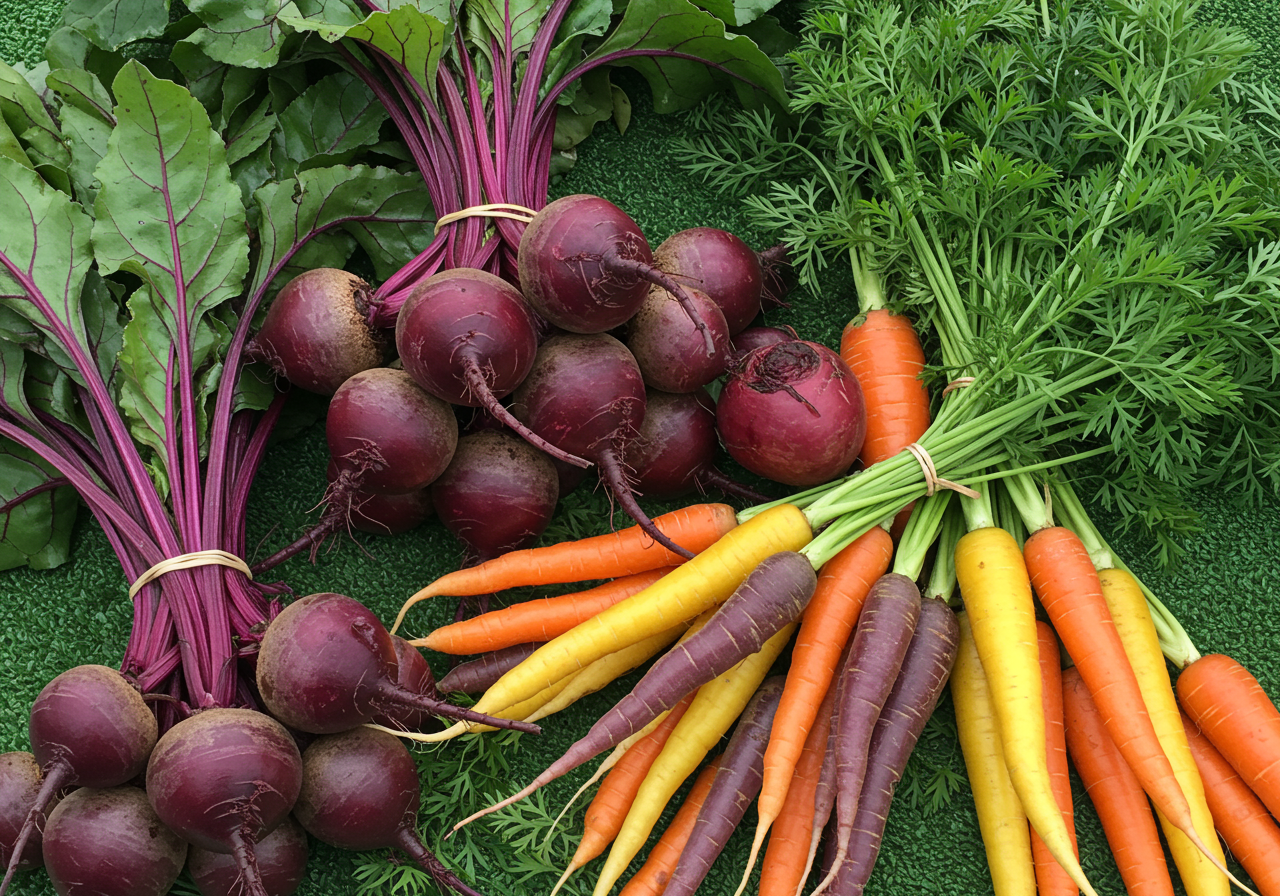
To learn more about the wonderful world of foodscaping, check out these informative sources:
